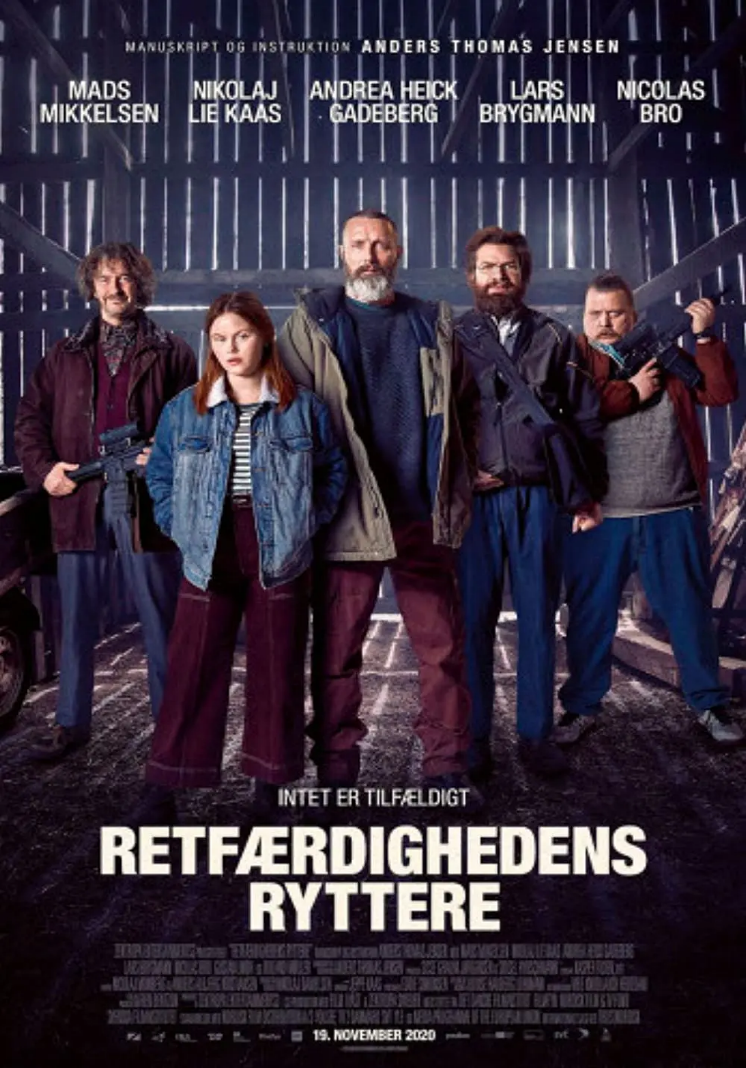The Human Scale Exemplary material for architects and planners

Shortly after watching the film today, I learned the sad news that a young architecture student who had gone to Houston had died in a light rail accident. She was a beautiful, sunny Christian girl who was killed when she tried to cross the tracks between the bicycle and the sidewalk on her way to her internship during vacation, and was unfortunately hit by a train without any warning. The first moment was to hate the cruelty of the world, letting such a lovely person disappear with her dreams. After complaining about the world, we must not reflect on the fact that the cities we design are trying to murder us every day. Speed, efficiency, economic growth, all sorts of words linked to greed make the cities we live in less and less like places for people to live. Decision makers are blinded by profit most of the time, while designers are mostly playing by the rules.
I still believe that architects and planners must be idealists, turning the city into an ideal homeland. 5 chapters in the film are about several examples of the struggle between ideals and reality, some successful and some still struggling. The first and last chapters are the most impressive: Beijing and Christchurch.
Beijing: I was shocked by the “Diplomatic Residence” in the foggy background behind the female bricklayer, which I would pass on my way to my internship. At this point, I had mixed feelings, a feeling that my own family was dissected on TV. Every piece of it was pierced into my heart. The capital city has become the first traffic jam in 10 years because of people’s desire for cars, not to mention how much I miss the scene of catching dragonflies and shrimps when I was a kid, but now I feel very strange walking everywhere on the street: wide roads with only hurried pedestrians and hurried cars everywhere. Beijingers have the fastest walking pace in the country, so why not even give them a place to rest? While we boast that this city is a cultural city, we have really forgotten our own comfort and happiness. Although there are complex political and social factors behind, but it is so difficult to add a few more chairs and do more humane planning? There are indeed a few pedestrian plazas and parks, but there is no place for people to stop in the streets. The closing words of this chapter in the film are very everyday and very sad: “You are busy all day to go home, running a big circle of darkness. After dinner you are tired, do not want to do anything, play and shuffle off to bed.” The city’s definition of people at this time suddenly blurred, he let us from the pursuit of dreams were pulled back to the “reality” of the clouds. Our way of life is distorted by the whole city’s planning changes. Perhaps these things will be changed by more humane space and transportation, but there are really not many people who stand out.
New York: A very successful case, where a significant improvement in pedestrian space resulted in a 70% reduction in accidents.
Chongqing: a small uplifting effort to change the quality of the city in the midst of frustration.
Dhaka: the most crowded place in the world, much like Beijing’s problems. The people of Bangladesh seem to have a similar love/hate relationship with China when it comes to looking at cars.
Christchurch: together with the nz native students watching the film after the shock, although the ears have been listening to the news of Christchurch reconstruction, but in the film on the big screen to re-examine the 2011 earthquake this sense of impact is still very different: our hundred years of hard work to build up the city is finally so fragile, a sudden fade away. Unlike Beijing, Christchurch will be forced to start from scratch, and through this opportunity she may become the most humane city in the world, but the conflict with interests also makes this process difficult. My visit a few months ago made me admire the local people’s determination to rebuild, although there are iron fences everywhere, and among the ruins there are all kinds of city activation elements built with cheap materials, breaking the deadness that should be there. This post-disaster city really makes it clear that the impact of these small attempts at design is not small at all, but brings more hope to others. Previously, I felt that the nz govt was bragging about making Christchurch the best city it could be, but now I have to say: I really have to look forward to it. Hope is really a city that gives hope to everyone who comes.
The whole piece is on point, and through a comparative study between these examples, the size of the city is put aside, and the human scale is what matters most. A city where everyone can live happily is much more meaningful than a metropolis with all its lights and intricacies. Only by preserving one’s own healthy life can all dreams be realized.




